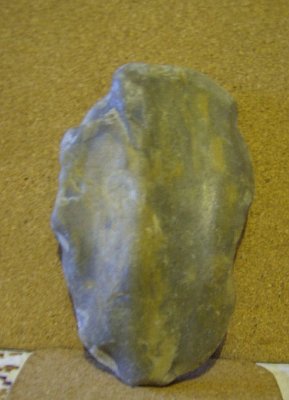oldrover
Justified & Ancient
- Joined
- Oct 18, 2009
- Messages
- 4,057
The evidence for potential human civilisation will persist in 70 million years in the shape of our fossilised skulls. From which, in the eyes of anyone/thing advanced enough to ponder the possibility, will demonstrate an EQ sufficiently large to posit the idea.
You'd imagine that intelligence would give them some sort of competitive advantage, leading to their increasing in numbers and range, which would seemingly make discovery of their fossils more likely. But nothing has been found which even comes close to an 'intelligent' dinosaur. Troodon for example, had a functional intelligence probably equal to a Virginia opossum (I think that was Darren Naish).
Tool use has been proposed in other archosaurs as well.
https://blogs.scientificamerican.co...rs-use-sticks-as-lures-to-attract-waterbirds/
(I'm not some Darren Naish fan boy by the way, I just like his stuff and it tends to be the only place I come across dinosaur references)
You can't rule out the possibility of a smarter dinosaur having been around and there being nothing left at all to show it.
You'd imagine that intelligence would give them some sort of competitive advantage, leading to their increasing in numbers and range, which would seemingly make discovery of their fossils more likely. But nothing has been found which even comes close to an 'intelligent' dinosaur. Troodon for example, had a functional intelligence probably equal to a Virginia opossum (I think that was Darren Naish).
Some birds do make and use tools however, so simple tool use doesn't seem to be out even if it wasn't civilization.
Tool use has been proposed in other archosaurs as well.
https://blogs.scientificamerican.co...rs-use-sticks-as-lures-to-attract-waterbirds/
(I'm not some Darren Naish fan boy by the way, I just like his stuff and it tends to be the only place I come across dinosaur references)



